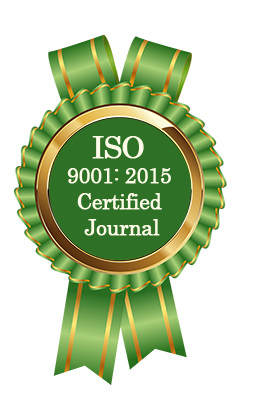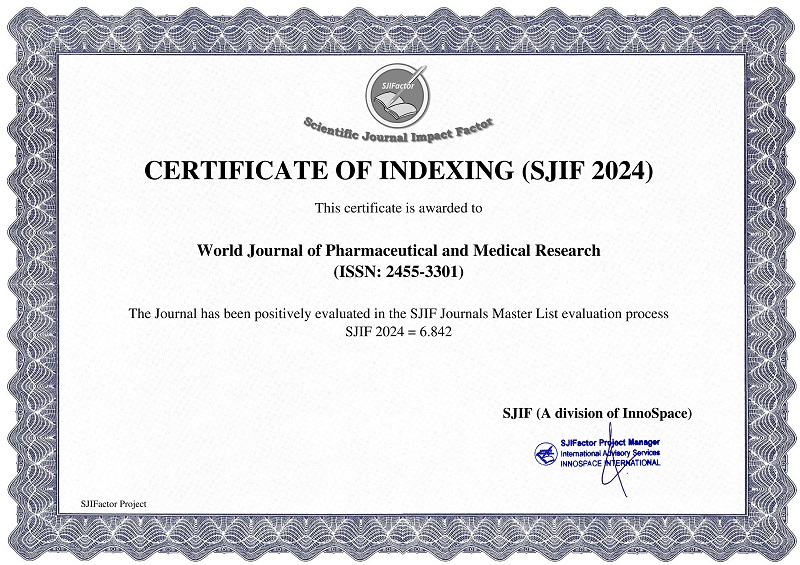TO EVALUATE DRUG UTILIZATION PATTERN IN ABNORMAL UTERINE BLEEDING IN GYNECOLOGY DEPARTMENT OF A TEACHING HOSPITAL
Shivangi Patel, Sana Khan, Arzan Mehdi, Abdullahi Zinatu Balarabe, Mohd. Aftab Siddiqui* and Asma Nigar
ABSTRACT
Abnormal uterine bleeding (AUB) is a common gynecological disorder among women of reproductive age, interfering with their day-by-day activity. The aim of the study was drug utilization patterns in abnormal uterine bleeding in the Obstetrics and Gynecology department at the Integral Institute of Medical Sciences and Research. The main objectives are to assess and monitor treatment patterns and cost of treatment in AUB at IIMS&R. This prospective observational study was carried out for six months, in which 100 prescriptions were selected for study by considering the inclusion and exclusion criteria. In 6 months of the study, a total of 100 no. of prescriptions were observed. Patients between the age group of 31-40 years were found to have a higher prevalence of disease. 37% of patients were found to have attained menarche at the age of 13. 72% of patients were found to be multiparous, 15% were found to be nulliparous and 13% were grand multiparous. The most common diagnostic procedure that was performed is USG, Thyroid for 80% of patients. 65% of patients reported with irregular heavy menses. Around 8% of patients were found to be associated with Urinary tract infections. 20% of patients were found to be anemic. 69% of patients received a blood transfusion and 53% were found to have been prescribed supplements along with this, 19% of the patients were given hormonal therapy. The most commonly prescribed antibiotic was Metronidazole. 28% of patients were prescribed with Tranexa. Oral route of administration was preferred in 86% of patients. The most commonly prescribed drug was found to be Bevon for 38% of patients. The study concludes that 12 different kinds of medication were found to be prescribed including Multivitamins, Anti-fibrinolytics, 2nd generation progesterone, and anti-androgen drugs. The age range of 31 to 40 years was found to be most prevalent among 100 AUB patients. USG, Thyroid was found to be the most frequently used diagnostic procedure for confirmation of AUB. The most commonly used drug was Bevon with Trenexa. UTI was discovered as the most prevalent comorbidity among all subjects. Anemia was found to be the major complication. The predominance of Metronidazole as the most commonly prescribed antibiotic shows its effectiveness in preventing infection.
[Full Text Article] [Download Certificate]



